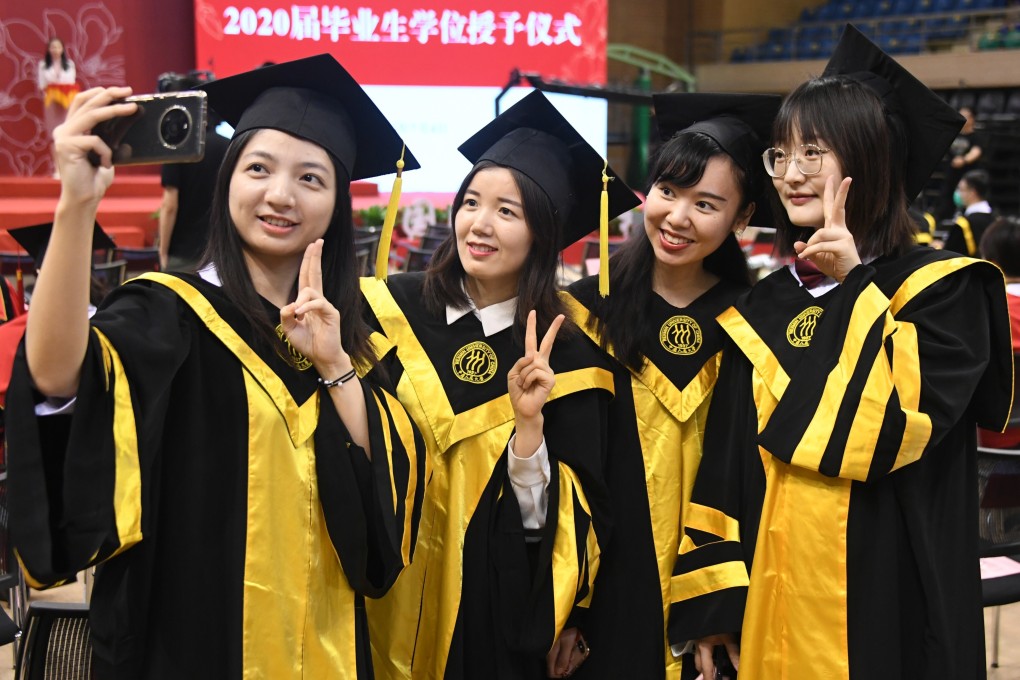Advertisement
Explainer | China jobs: workforce, unemployment and retirement age explained
- China has a workforce of close to 900 million people, of which 350 million are migrant workers and some 9 million are new graduates this year
- China’s workforce, though, is expected to decline due to an ageing population, with Beijing set to raise the retirement age
Reading Time:3 minutes
Why you can trust SCMP
3

This is the first in a series of stories on China’s job market, looking at its history, the role of migrant workers, inequality and the future for its graduates entering the workforce.
China has always placed a high priority on support for the job market, seeing a high level of employment as being the main ingredient in overall social stability. In addition, the working element of the country’s 1.4 billion population is crucial to driving economic growth.
A major concern for Beijing is ensuring employment for the rising number of fresh university and college graduates who enter the workforce every year, as well as the rising number of retirees who need to be supported via the pension fund by those in employment.
Advertisement
China provides an official surveyed unemployment rate for urban workers, although it is seen by some as being unrepresentative of the overall employment situation, as it does not include most of China’s self-employed business owners and migrant workers.
How big is China’s workforce?
China’s once-a-decade population census showed that, in 2020, there were 894.38 million people in the 15-59 age group. This represented 63.35 per cent of the population, down 6.79 percentage points from the previous census in 2010.
Advertisement
Advertisement
Select Voice
Choose your listening speed
Get through articles 2x faster
1.25x
250 WPM
Slow
Average
Fast
1.25x